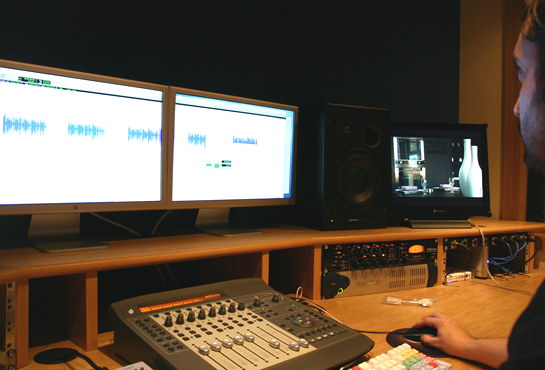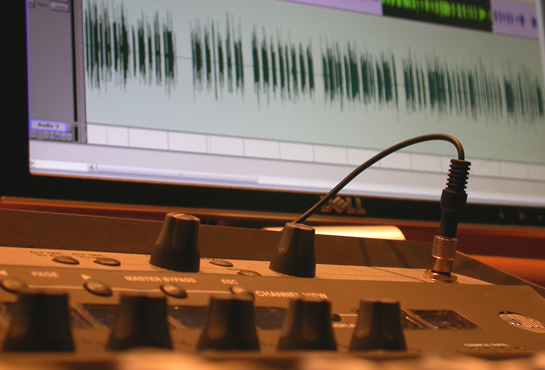For any new voice-over artist the technical aspects of voice over recording can cause a bit of worry. You entered the VO industry because you’ve got a great voice, not to become a sound engineer is the general consensus of opinion.
So, do you need to have and master top notch audio engineering skills to be a successful VO artist?
Well, not really. It pays to be competent in some of the areas that’s true but you don’t need to become a technical guru in the various effects and processes that can be applied to a recording. Leave that to the engineers. In fact, the more processing you apply to your recording the more likely you are to seriously annoy the sound engineer who receives it.

In most projects you will be producing a recording that will need to go to an engineer for a variety of post production activities. This might be adding music, special effects or other voices. The more you mess about with the processing from your end, the more difficult you make it for the engineer at the other. In fact, in some cases, over processing can render your recording unusable because it can’t be undone by the engineer. This could spell disaster for the project, the need to re-record, and no guarantee of that work coming back to you.
So what aspects of audio processing do you need to familiarise yourself with?
- Audio recording and editing is the first skill. You have to ensure that the audio is flawless, without resonances or noises. You need to have the ability to remove any background noise, deal with plosives and cut and paste audio is something that you will need to come to grips with. This is not that difficult and there are many tutorials on the internet that you can watch to get a good understanding of these.
- Post production is a whole other ball game. You can amplify, change speed, change tempo, fade in, fade out, you name it, you can do it. However, our advice is don’t. As your experience and knowledge grows then it’s fine to develop your knowledge in these areas but to be honest, the main areas of processing that it pays to know more about is compression and equalization.
In its simplest terms, compression is used to raise the output level of quieter parts of a recording and to lower the level of the louder parts so that you get a more balanced recording. Equalization adjusts the tones and frequencies of the sound so that you can tailor the recording to the style of voice over that you are performing. If you can get a good understanding of how both of these can be used to enhance your recording then that’s a great start to building your technical know-how.
Remember, it’s your voice and delivery that is the most important. That’s why the client hired you. They just want a clean and crisp recording to which they can add the whistles and bells to so that’s where your energies need to be focused.
What do you think? Do you have anything that you would like to add regarding the technical aspects of VO recording? Please let us know.


I was wondering, Constantino, about specific bits, kbps, khz, mono/stereo encoder settings that are required by some companies…..how do we get the best results, or even results of files that have any competetive value, when some of these terms are foreign to many VO artists?
Any studio will appreciate 48 Khz, 16 bits mono, .wav.
Why? Because at 48 Khz there is more information recorded so the audio engineer at the other side will not alter the audio when it has to cut, normalize, add effects etc.
Avoid mp3 as much as possible.
I wonder if we record our voice at 48Khz sampling rate, and later we want to combine with music from CD —which comes at 44.1Khz—aren’t we going to have a mismatching sampling rates on our multi-track file ?
Thank you
S.
Once you have the voice track at 48 Khz, the extra audio you want to import for mixing (music or effects) could have any sample rate. At that point of import, the software will ask you if you want to convert the 44.1 KHz to the track default sample of 48 Khz, if you say no then the music will sound weird. If you say Yes, then there will be no mismatch since the music will be 48Khz (albeit with the information recorded at 44.1Khz), this is always the case a multitrack software like ProTools.